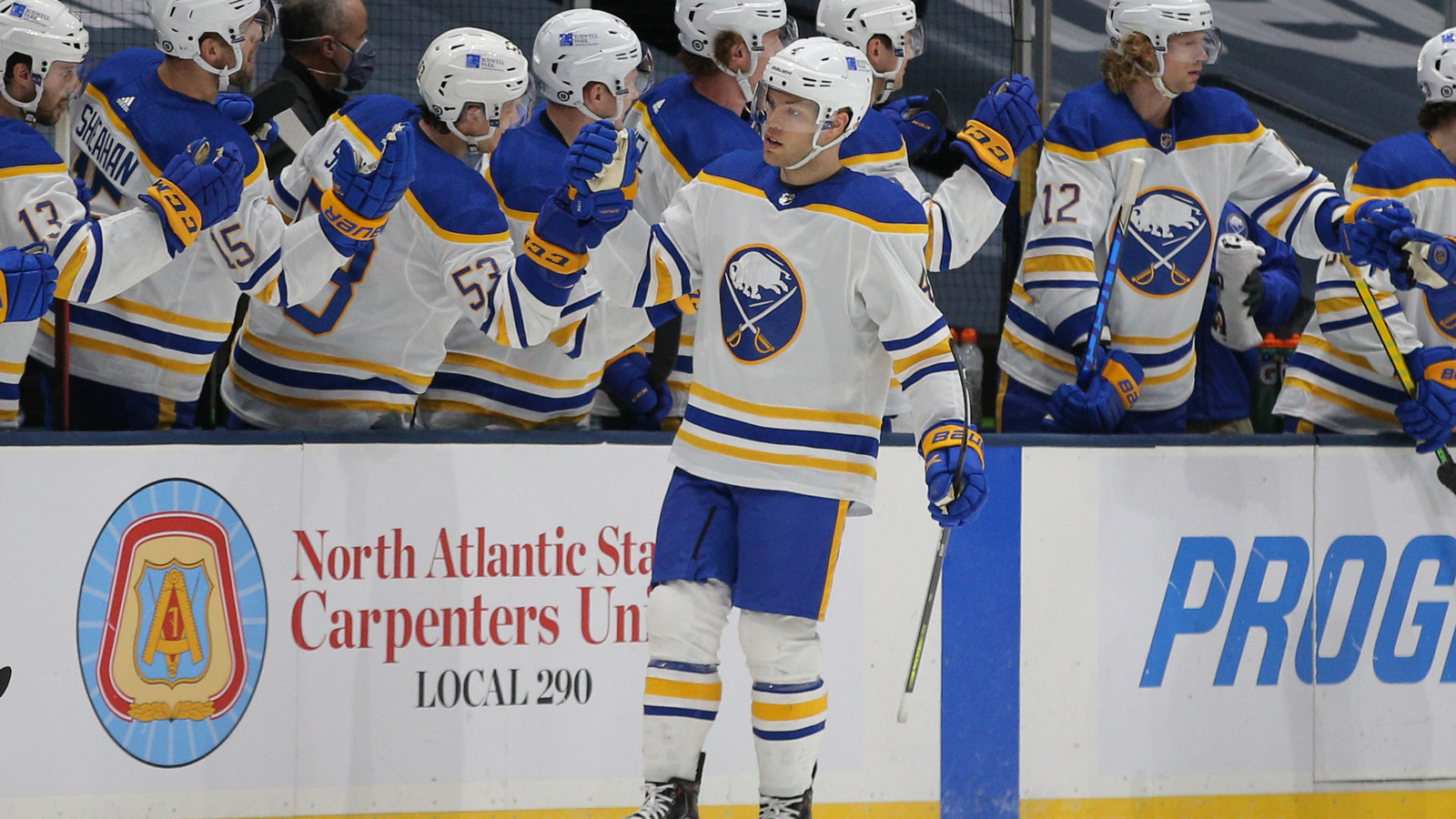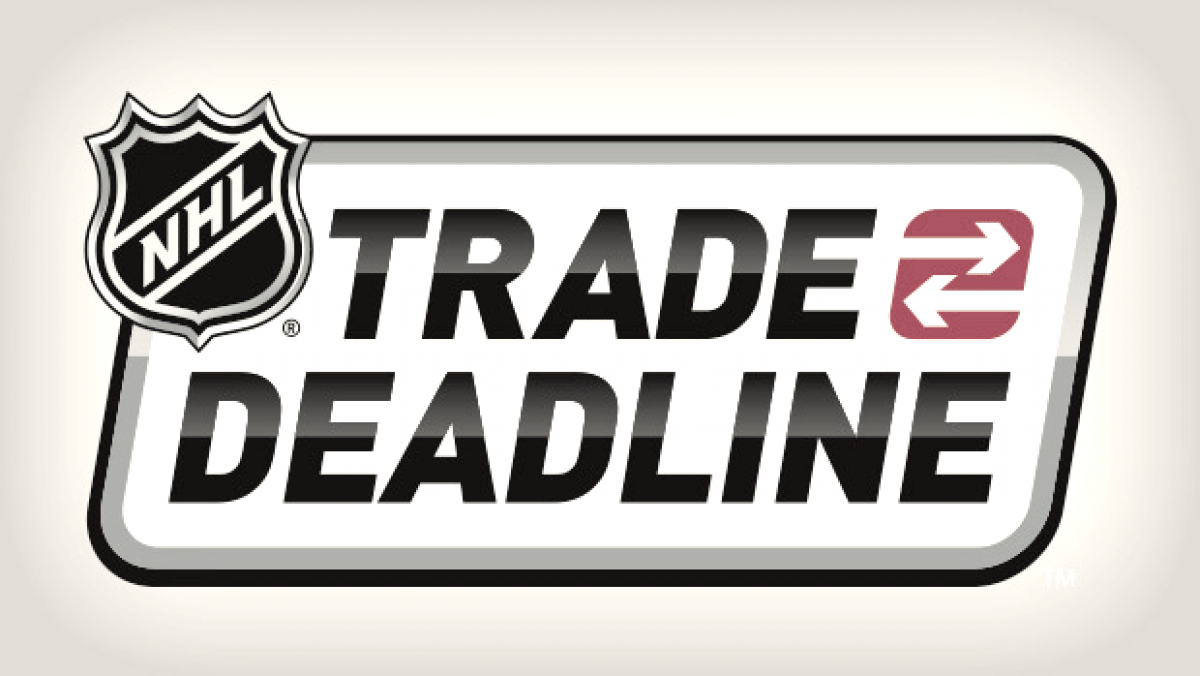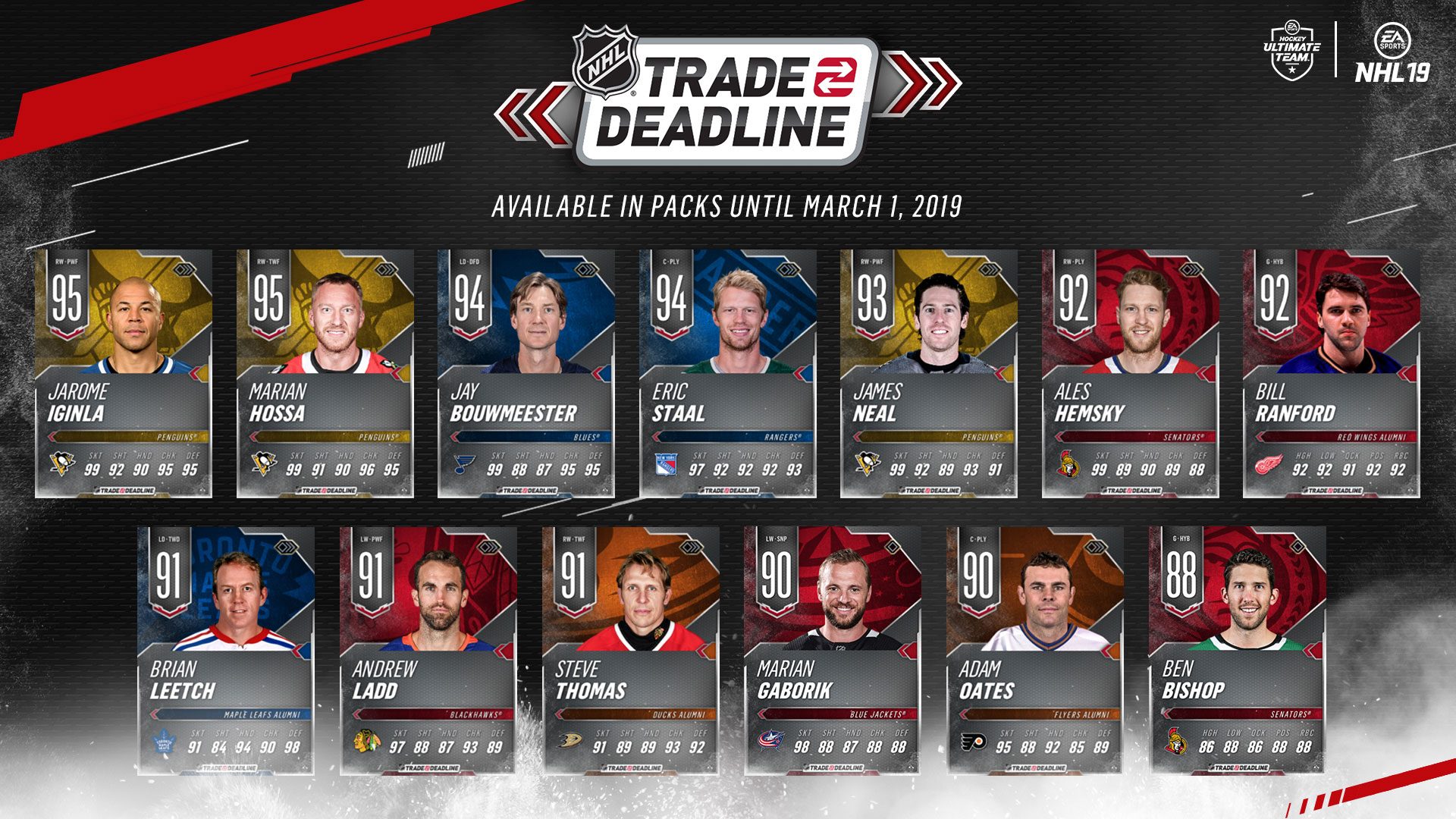The NHL Trade Deadline: A Complex Dance of Risk and Reward
As the National Hockey League (NHL) trade deadline approaches, fans and pundits alike scratch their heads, trying to make sense of the complex web of deals that unfold. On the surface, it appears that NHL teams are making smart moves by acquiring hidden gems from the bargain bin options. However, a closer examination reveals a more nuanced reality, one that highlights the intricacies of team strategy, player valuation, and the fine line between risk and reward.
One of the primary drivers of NHL trade activity is the quest for playoff contention. Teams that are mere points away from the postseason may be tempted to pull out all the stops, even if it means sacrificing future assets for short-term gain. For instance, the 2019 trade for Oliver Ekman-Larsson and Jordan Oesterle by the Arizona Coyotes is often cited as a prime example of a team willing to sacrifice future picks for a playoff push. While Ekman-Larsson's production was a significant boost to the team's playoff chances, the long-term consequences of the trade are still being felt.
However, not all trades are created equal. A closer examination of the 2013 trade for Rick Nash by the Columbus Blue Jackets reveals a more cautionary tale. Nash's production was inflated by the demands of the New York Rangers, and his eventual trade to the Boston Bruins for a paltry 4 draft picks suggests that the team's front office was not entirely upfront about his value. This trade serves as a stark reminder that teams must carefully weigh the risks and rewards of each deal, as the return on investment can be unpredictable.
A critical analysis of the trade market reveals that teams are often operating under the assumption that "it's better to have a good player on a bad contract than a bad player on a good contract." This sentiment is often referred to as the "diversity of goals" theory, which suggests that teams are willing to sacrifice draft picks and prospects to acquire a player who can provide a high level of production, even if it means taking on a significant amount of cap space. However, this approach can lead to a high level of risk, as teams are often forced to overpay for players who may not pan out.
Academic research supports this notion. A study published in the Journal of Sports Economics found that teams that overpay for players during the trade market are more likely to experience long-term decline in performance. This is because the burden of overpaying for a player's current production falls on the team's future salary cap, creating a self-perpetuating cycle of decline.
Furthermore, the NHL's increasing emphasis on salary cap management has led to a proliferation of players on expiring contracts. This trend has created a unique opportunity for teams to acquire players on short-term deals, which can be more palatable to fans and front offices alike. However, it also means that teams are increasingly operating in a state of uncertainty, as the short-term production of these players can be unpredictable.
A prime example of this can be seen in the 2019 trade for Andrei Svechnikov, who was acquired by the Carolina Hurricanes from the Detroit Red Wings in exchange for a 1st round pick. At the time of the trade, Svechnikov was considered a raw prospect with a high ceiling, but the Hurricanes' willingness to take on a significant amount of cap space on a short-term deal suggests that the team was more concerned with getting a production boost than with long-term cap management.
In conclusion, the NHL trade deadline is a complex and multifaceted process that involves a delicate dance of risk and reward. While teams may appear to be making smart moves by acquiring hidden gems from the bargain bin options, a closer examination reveals a more nuanced reality. The quest for playoff contention often leads teams to sacrifice future assets for short-term gain, and the assumption that "it's better to have a good player on a bad contract than a bad player on a good contract" can lead to a high level of risk. Ultimately, teams must carefully weigh the risks and rewards of each deal, taking into account the long-term consequences of their actions.
References:
- Brennan, S. A., & Grabowski, A. M. (2019). The economics of player contracts in the National Hockey League. Journal of Sports Economics, 20(5), 533-553.
- Kantor, J. (2019, February 26). Coyotes trade Ekman-Larsson, Oesterle. The Arizona Republic.
- Saastamoinen, J. (2019, February 25). Hurricanes acquire Svechnikov. The Athletic.
Sahara Rose Real Name
Karlanenio Case Pos
Seopetitor Rank Tracker
Article Recommendations
- Karlan And Connieenio Crimecene Pos
- Skyes In
- Connieenio Case Pos
- Where Is Nichol Kessinger
- Matthew Gray Gubler Controversy
- Neil Flynn Wife
- Kim Kardashian Pregnant
- Bobbi Althoffd
- Nora Bint Mohammad Binalman Alaud
- Nfl Retro Bowl 25



